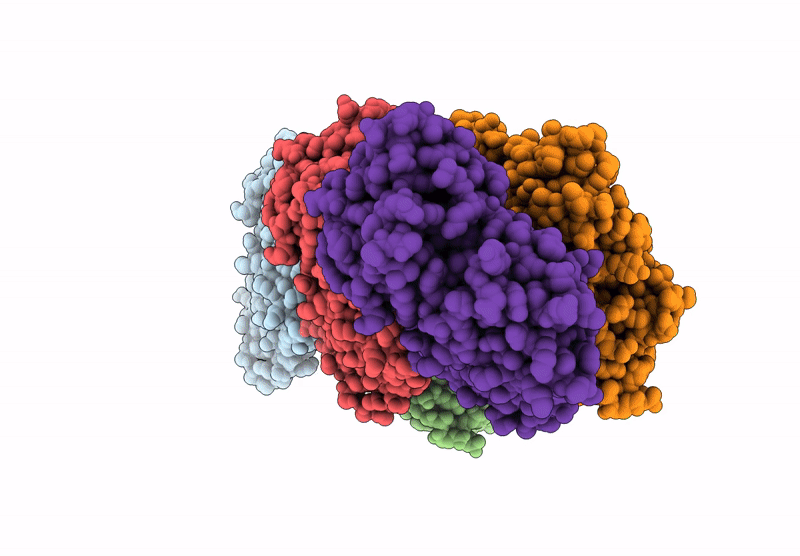
Deposition Date
2022-06-06
Release Date
2022-08-10
Last Version Date
2022-11-23
Entry Detail
PDB ID:
8A2T
Keywords:
Title:
Cryo-EM structure of F-actin in the Mg2+-ADP nucleotide state.
Biological Source:
Source Organism:
Oryctolagus cuniculus (Taxon ID: 9986)
Method Details:
Experimental Method:
Resolution:
2.24 Å
Aggregation State:
FILAMENT
Reconstruction Method:
SINGLE PARTICLE


